Cocos Islands Flag Meaning
Green field with golden disc, crescent moon, palm tree, and Southern Cross representing the Malay Muslim community, tropical environment, and Australian connection.
- Continent
- Oceania
- Adopted
- 2004
- Ratio
- 1:2
- Colors
- green, yellow, blue
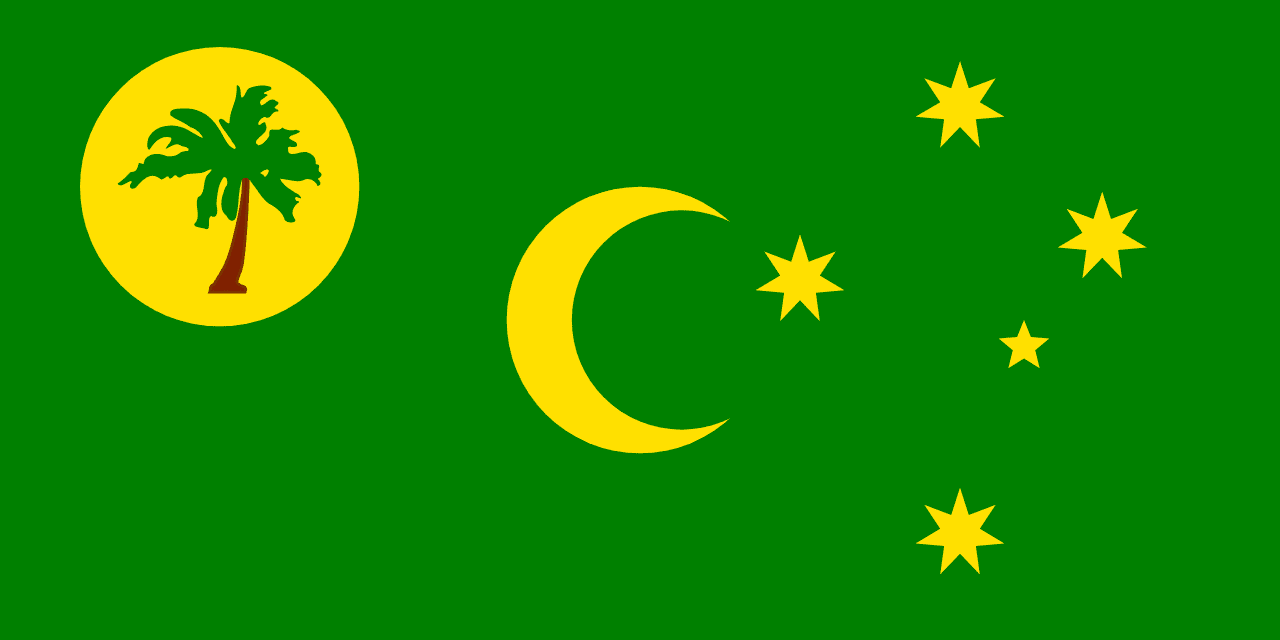
Symbolism
Green Field: Represents Islam and the predominantly Muslim Cocos Malay community that has lived on the islands for over 150 years, as well as the lush vegetation of the tropical atolls.
Golden Disc: Symbolizes the sun shining over the Indian Ocean, the golden beaches of the coral atolls, and the bright future of the island community.
Crescent Moon: Represents the Islamic faith of the Cocos Malay people, who form the majority of the population and maintain their traditional culture and religion.
Coconut Palm Tree: Symbolizes the tropical environment and the coconut palms that give the islands their name, as well as the traditional way of life dependent on these trees.
Southern Cross: Represents the islands' location in the Southern Hemisphere and their connection to Australia as an external territory under Australian governance.
Australian Gold and Green: The color scheme reflects the Australian national colors, emphasizing the islands' status as an Australian territory while respecting local cultural identity.
History
- 1609: English sea captain William Keeling discovered the uninhabited islands and named them the Cocos Islands after the abundant coconut palms covering the atolls.
- 1826: Scottish merchant John Clunies-Ross established the first permanent settlement, beginning a unique feudal-style rule that would last for over 150 years.
- 1827-1860s: Malay workers were brought from Malaysia and Indonesia to work the coconut plantations, establishing the Cocos Malay community that continues to this day.
- 1886: The islands were annexed by the British Crown and administered from Singapore, though the Clunies-Ross family maintained practical control as feudal rulers.
- November 23, 1955: Sovereignty transferred from the United Kingdom to Australia, making the Cocos Islands an Australian external territory while preserving local autonomy.
- 1984: The Cocos Malay community voted in a UN-supervised referendum to integrate with Australia, ending the Clunies-Ross family's feudal control.
- April 6, 2004: Current flag officially adopted, symbolizing the unique blend of Malay culture, Islamic faith, tropical environment, and Australian governance.
Trivia
- The Cocos Islands have one of the world's most unique colonial histories, with the Clunies-Ross family ruling as feudal lords for over 150 years until 1984.
- The islands are home to the world's largest land-dwelling arthropod, the coconut crab, which can grow up to 4 kg and climb palm trees.
- With only about 600 residents spread across two main settlements, the Cocos Islands have one of the smallest populations of any territory with its own flag.
- The islands use Australian currency and operate under Australian law, but the Cocos Malay community maintains its traditional culture and Malay language.
- West Island houses the airport and most government facilities, while Home Island is home to the majority Cocos Malay community and traditional village life.
- The Cocos Islands played a strategic role during World War II, with the airport serving as a refueling stop for Allied aircraft in the Indian Ocean.
- The islands sit atop two coral atolls and are completely surrounded by pristine coral reefs, making them a paradise for marine life and diving.
- Traditional Cocos Malay boats called 'jukung' are still used for fishing and inter-island transport, maintaining centuries-old maritime traditions.
- The islands operate on Cocos Islands Time, which is 6.5 hours ahead of UTC, the same as Myanmar and parts of India.
- Charles Darwin visited the islands in 1836 aboard HMS Beagle and used his observations of the coral formations to develop his theory of coral atoll formation.
- The Cocos Islands are closer to Indonesia (about 900 km) than to mainland Australia (2,750 km), creating strong cultural ties with Southeast Asia.
- Internet connectivity comes via satellite, and the islands have their own internet domain (.cc) which has become popular for commercial websites worldwide.
- The islands have no indigenous population - all current residents are descendants of workers brought by the Clunies-Ross family or more recent arrivals.
- Traditional Cocos Malay culture includes unique music, dance, and storytelling that blends Indonesian, Malaysian, and local island influences.
Related Countries
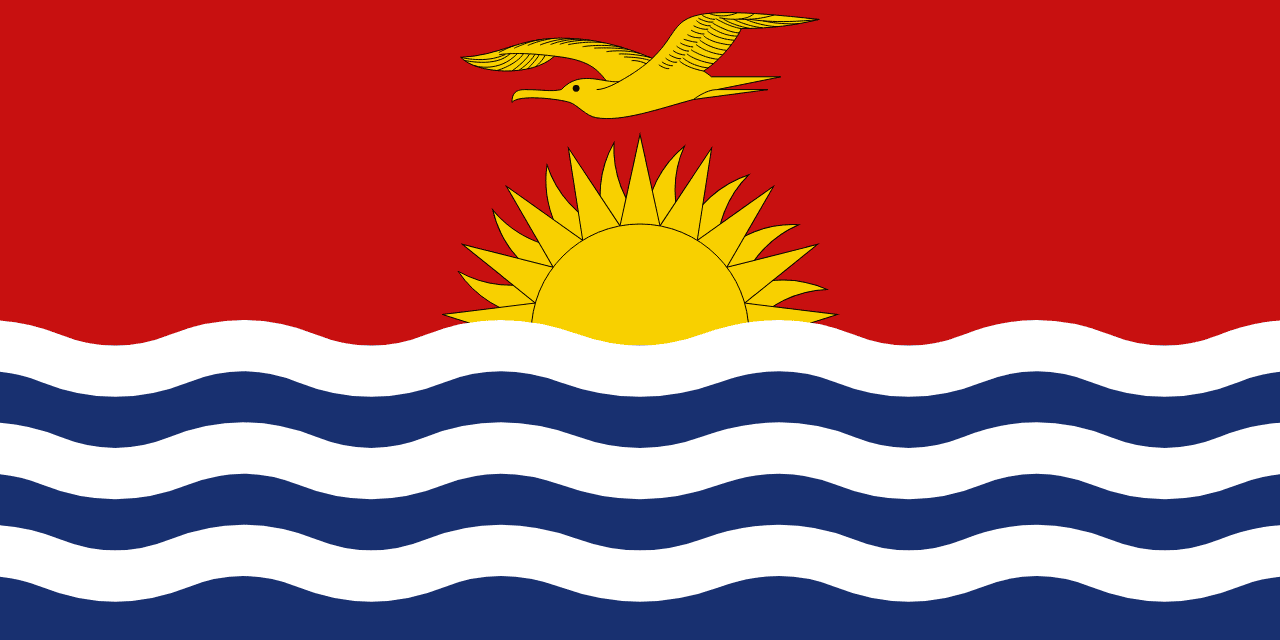
Kiribati
Oceania
A red upper field with a golden frigatebird flying over a rising sun above blue and white wavy stripes, representing the Pacific sunrise, ocean waves, and the unique geography of this coral atoll nation spread across the international dateline.

Fiji
Oceania
A light blue field with the Union Jack in the canton and Fiji's coat of arms on the fly side, representing the Pacific Ocean, British heritage, and the agricultural and maritime traditions of this island nation.
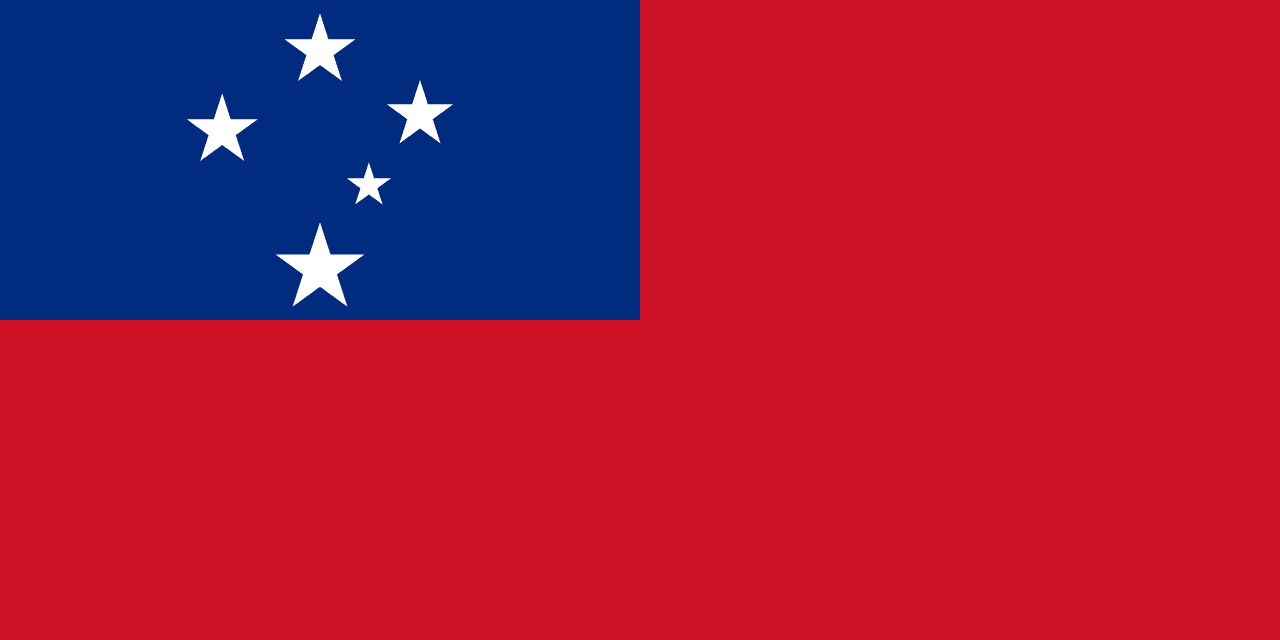
Samoa
Oceania
A red field with a blue rectangle in the upper hoist containing the Southern Cross constellation in white. The flag reflects Samoan heritage and its place in the South Pacific.
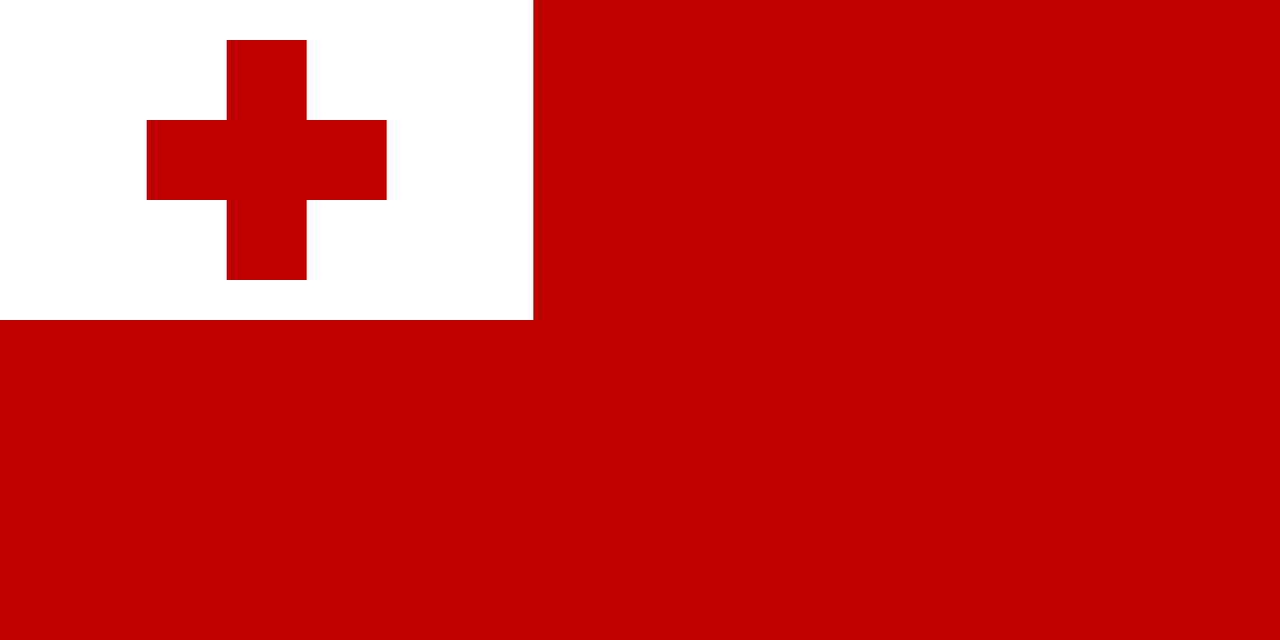
Tonga
Oceania
A red field with a white canton containing a red cross, representing the blood of Christ and the sacrifice of Jesus for mankind, the purity of Christian faith, and the deeply Christian identity of the Kingdom of Tonga as a Pacific island nation that was never colonized.

New Caledonia
Oceania
The flag of New Caledonia is one of the few in the world to be flown alongside another—the French tricolor, symbolizing both local identity and continued ties to France. Adopted in 2010 after years of debate, the design features blue, red, and green horizontal bands with a yellow disc at the center bearing a black flèche faîtière, a traditional rooftop spear. Each element carries meaning rooted in the Kanak people’s culture, the islands’ natural environment, and the struggle for recognition within a French overseas territory. To study this flag is to see the blending of indigenous heritage with colonial history, and how symbols can serve as a bridge between tradition and modern political reality.
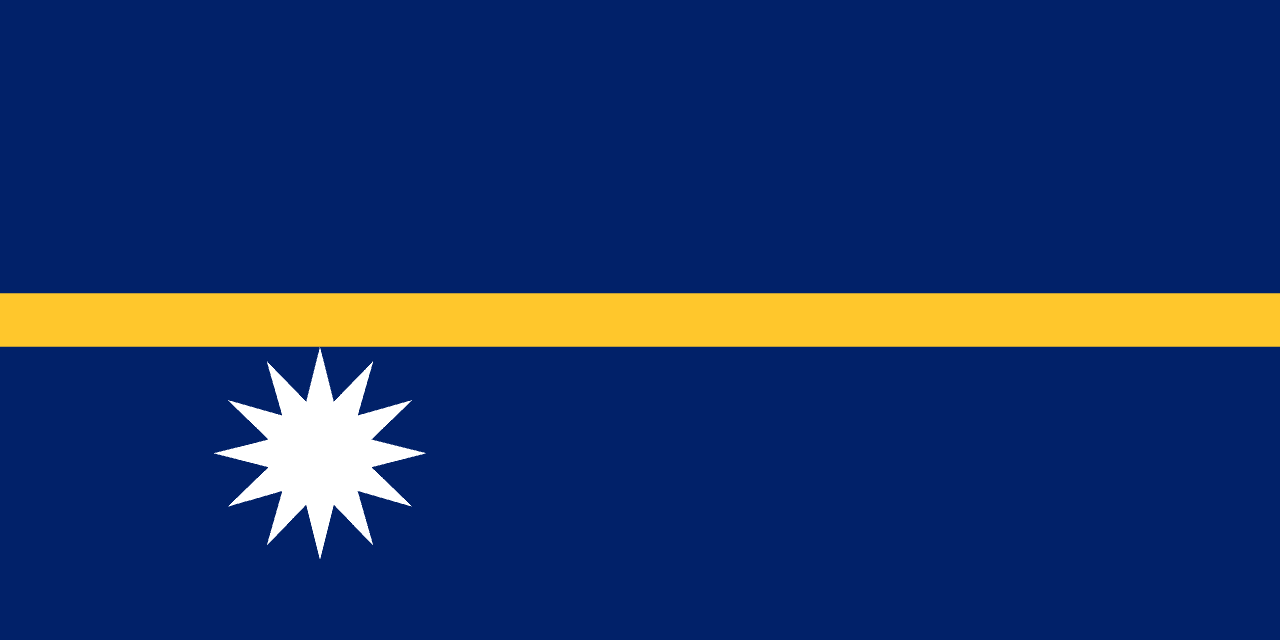
Nauru
Oceania
A blue field with a horizontal yellow stripe across the center and a white twelve-pointed star below the stripe near the hoist. The design reflects Nauru’s position just south of the equator and its cultural identity.